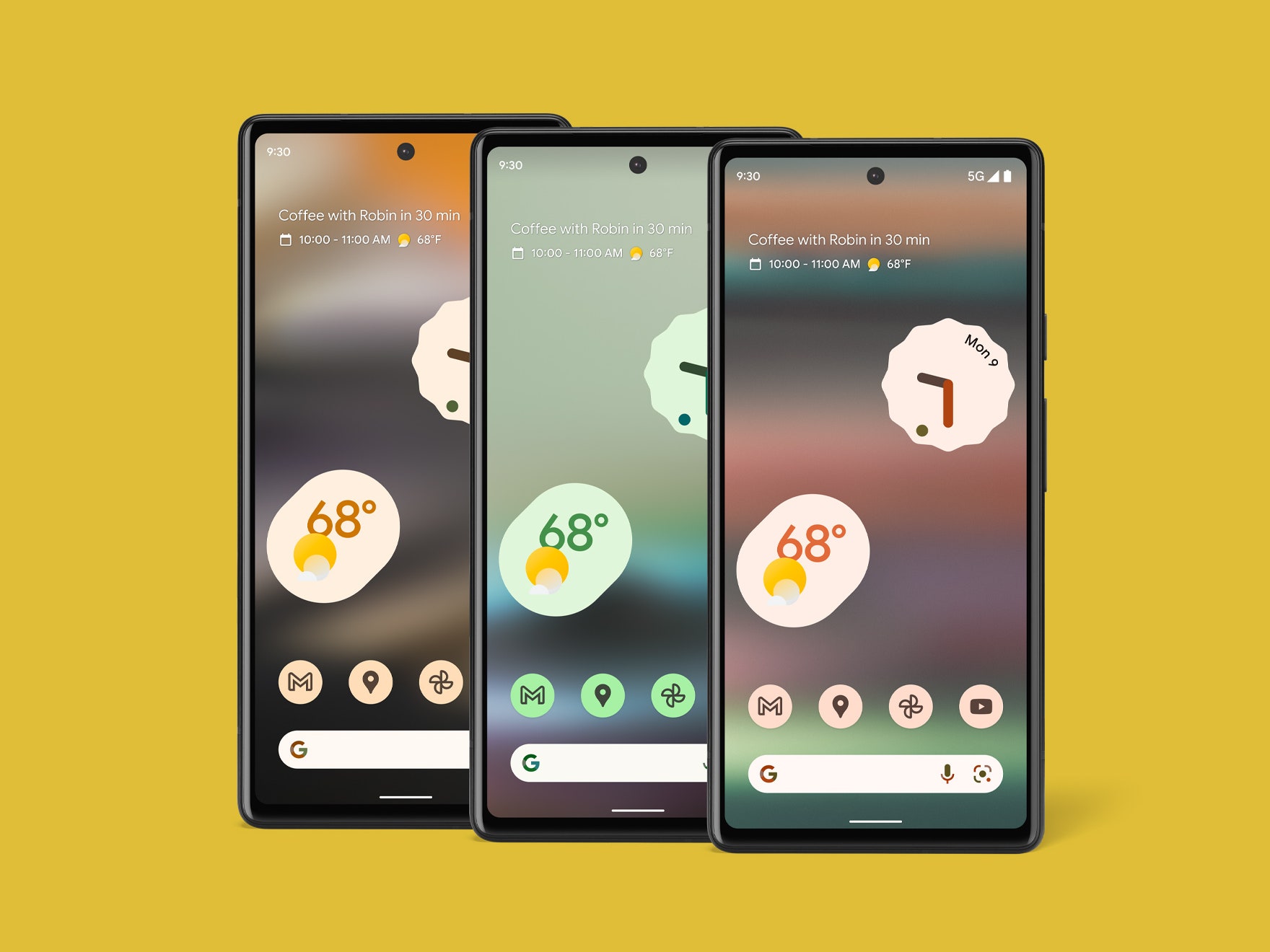
Introduction to Android Phones
Android phones, developed by Google, are open-source, allowing manufacturers to customize the operating system. This flexibility has led to a wide variety of devices, each with unique features and specifications. Known for their customization options and seamless integration with Google services, Android phones offer a versatile user experience.
History of Android
The first Android smartphone, T-Mobile G1, was released in 2008. Since then, Android has evolved significantly. The latest versions, such as Android 12 and 13, bring enhanced security, improved performance, and innovative features like Material You design and enhanced privacy controls.
Setting Up Your Android Phone
Unboxing and Initial Setup
- Insert the SIM card and battery.
- Turn on the device by pressing and holding the power button.
- Follow on-screen instructions to select language and region.
- Connect to a Wi-Fi network.
Setting Up Google Account
- Create or sign in to a Google account.
- Access Google services like Google Drive, Google Photos, and Google Play Store.
Setting Up Security Features
- Enable fingerprint or facial recognition.
- Set up a PIN, pattern, or password.
- Enable two-factor authentication (2FA).
Transferring Data from Old Device
- Use Google's "Quick Switch" feature.
- Transfer files manually using a USB cable.
Customizing Your Home Screen
- Add widgets, change wallpapers, and rearrange icons.
- Install a custom launcher for a different look and feel.
Tips for Using Your Android Phone
Battery Life
- Lower screen brightness.
- Turn off background apps.
- Use power-saving modes like "Doze."
Storage Management
- Use cloud services like Google Drive or Dropbox.
- Delete old files and move data to an SD card.
Performance Optimization
- Clear cache regularly.
- Uninstall unused apps.
Security Measures
- Enable two-factor authentication.
- Use a strong password.
- Regularly check for software updates.
Camera Tips
- Use grid lines for better composition.
- Clean the lens regularly.
Connectivity Management
- Turn off Bluetooth and Wi-Fi when not in use.
- Toggle airplane mode if experiencing connectivity issues.
Backup Your Data
- Set up automatic backups to Google Photos or another service.
Accessibility Features
- Enable voice commands.
- Adjust text size for better readability.
Troubleshooting Common Issues
Battery Draining Quickly?
- Lower screen brightness.
- Close unused apps.
- Turn off Wi-Fi or Bluetooth when not needed.
Phone Overheating?
- Avoid using it while charging.
- Close background apps.
- Keep it out of direct sunlight.
Slow Performance?
- Clear cache.
- Uninstall unused apps.
- Restart the device.
Apps Crashing?
- Update the app.
- Clear its cache or reinstall it.
Connectivity Issues?
- Toggle airplane mode on and off.
- Restart the device or reset network settings.
Storage Full?
- Delete old files.
- Move data to an SD card.
- Use cloud storage.
Screen Unresponsive?
- Clean the screen thoroughly.
- Remove any screen protector.
- Restart the phone if necessary.
The Future of Android Phones
Mini Android Phones
Mini Android phones offer a compact, powerful alternative to larger devices. They fit easily in pockets, making them convenient for on-the-go use. Despite their size, they pack impressive features like high-resolution cameras, fast processors, and long battery life.
Fingerprint Sensors
Fingerprint sensors have become a staple in modern smartphones, offering a blend of security and convenience. Future fingerprint sensors might read multiple fingerprints at once and even detect your pulse, making them even cooler and more secure!
5G Connectivity
With the rapid adoption of 5G networks, Android phones now feature faster data speeds and lower latency. This enhances the overall user experience by providing seamless video streaming, online gaming, and cloud computing.
Artificial Intelligence (AI)
AI is increasingly integrated into Android phones to enhance performance and user experience. Features like Google Assistant and AI-driven camera modes are becoming more prevalent, making devices smarter and more intuitive.
Sustainability
There is a growing focus on sustainability in the tech industry, with manufacturers aiming to reduce e-waste by designing more durable devices or offering recycling programs. This trend is expected to continue as consumers become more environmentally conscious.
Understanding Android phones involves grasping both the basics of setting up and using the device as well as the advanced features that make it unique. From optimizing battery life and managing storage to leveraging security measures and troubleshooting common issues, this guide covers everything you need to know about using an Android phone effectively. As technology continues to advance, it's exciting to see what future innovations will bring to the world of Android devices.
By following these tips and staying updated with the latest developments in the tech world, you can maximize your Android phone's potential and enjoy a seamless, secure, and enjoyable mobile experience. Whether you're a seasoned user or just starting out with your first Android device, this comprehensive guide is designed to help you navigate every aspect of owning an Android phone.
